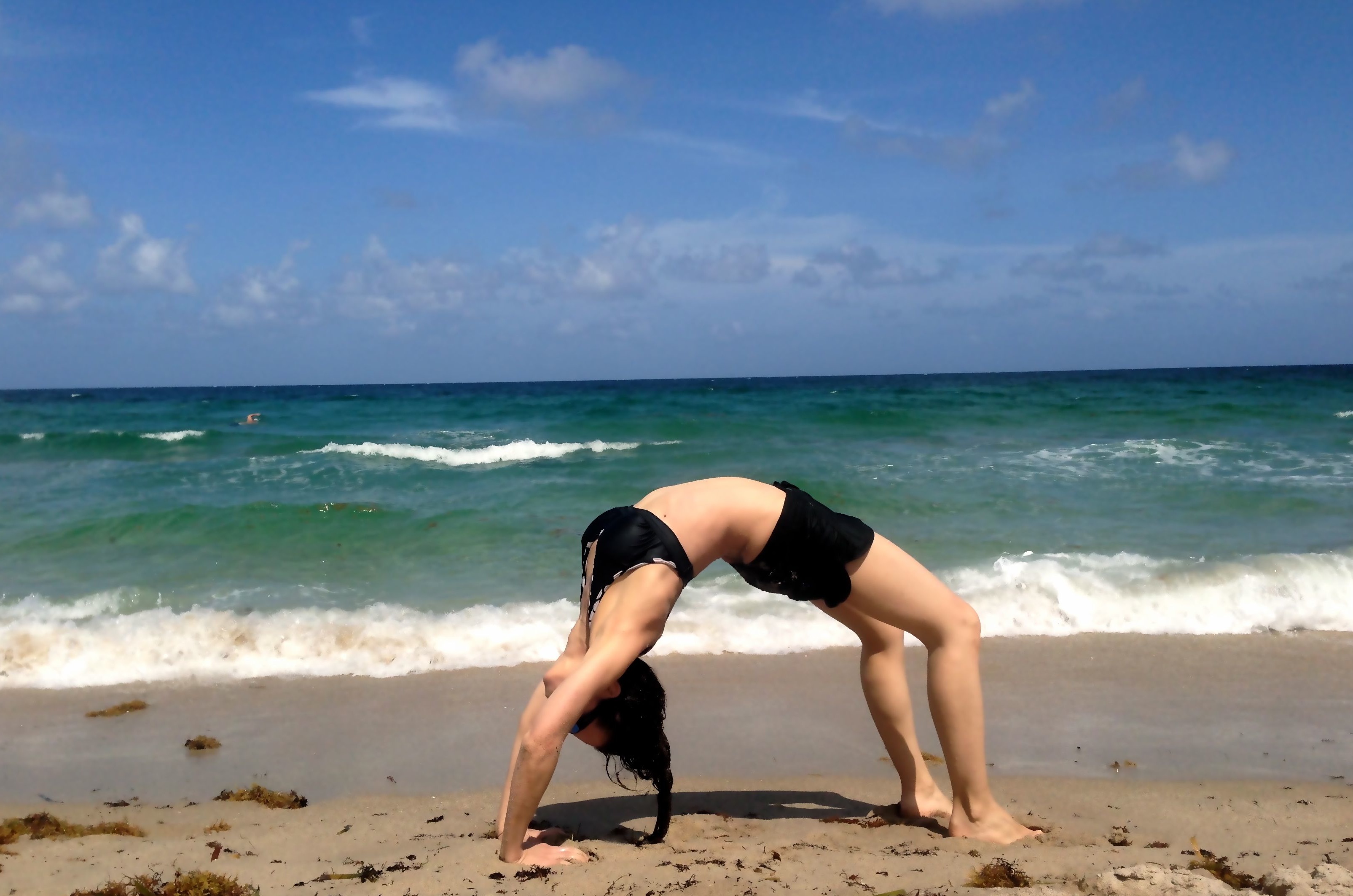During my years of teaching yoga, I have noticed some common mistakes that counter the benefits of yoga and can be pretty dangerous. These problem-habits, such as forgetting to breathe or trying to push into a pose (asana) when the body is telling us otherwise, can sometimes reflect and reinforce how we live our daily life. If we rush through life, forgetting to take time to breathe, we will likely do the same in our yoga practice. And vice versa. Remember: How you are on the mat, you are off the mat.

To cultivate a healthier, safer and more enjoyable practice — both on and off the mat — avoid these five common mistakes:
1. Focusing too much on the perfect pose
To start with, there is not such a thing as perfect if you make it a destination. Perfect is where you are right now.
Just because you cannot get into the full expression of the pose, or practice the pose like your neighbor or teacher does, doesn’t mean that the steps you take to approach the full expression aren’t worth it! There is no such thing as the perfect pose. There is, however, a perfect pose for you. Every pose can be broken down, so if you have difficulty, ask the teacher for a variation.
Pay attention to the shape and actions of the pose: is it a backbend, forward bend? Where are the arms in relation to the shoulder and the legs in relation to the hips? Copy those basics elements and do something similar that your body can handle and that feels good. The point of yoga is to enjoy the stretch, wherever and whenever you feel it, making your body a bit more flexible over time.
2. Forgetting to breathe
Awareness of the breath keeps you safe. Observe how your breath reacts to your movements. If your breathing strains, you are pushing yourself too far. As long as you can practice the poses with a natural easy breath, you are probably not overexerting yourself.
Focusing on the breath in yoga has many benefits. It keeps the mind alert and present, since the breath is always happening in the present. When breath and movement synchronize, the magic in yoga begins. The mind becomes quiet and we experience peace.
3. Pushing yourself too much, too fast
It is natural to want to progress when you start practicing yoga. So when you find a boundary, by all means gently breathe and lean into it, but don’t push it… When you push your body a little too much, you can scare it and your body will react by protecting itself and that boundary. If you push a boundary too hard, your body may tighten up more and as a result, that boundary is a bit further out of reach the next time. You are likely to become less flexible and more tight. This is of course unpleasant.
Another possible consequence of pushing too hard is injury. If you push on a regular basis, after a few years an injury can arise and it won’t be easy to heal.
When you master the art of playing your edge, your body will quite happily open up more. If you give your body time and ask kindly, it will respond!
4. Skipping the warm up
Warming up means introducing the body gently to what you want from it.
You can warm up in different ways; one way is to start with easy warm up exercises, opening up the body in gentle ways, bringing heat to the body through increased circulation. Organize your practice by doing the more simple poses first and slowly building to the more advanced poses; this reduces the chance of over stretching because the body is prepared.
5. Skipping relaxation
In the last part of the class many skip the relaxation as if i wasn’t important, as “we are too busy to relax and cool down.” Yet this part of the class is a huge priceless opportunity to balance what you have done. This is done through counter poses, softening what you have tried to strengthen, bringing stability back to an area you have loosened, and finally relaxing for at least 5-10 minutes before concluding your practice.
This is where you assimilate the benefits. When you run back to your normal day after a strong practice your nervous system is most likely over stimulated and you may end up feeling scattered and nervous. When you give yourself time to relax, at least 5-10 minutes for every hour of practice, your nervous system gets a chance to assimilate the benefits, heal, reset, reenergize and restore.
The key is to a successful practice is to breathe, be in your practice without judgement, and have fun.
As always the action happens on the comments below. Share with us here or on Facebook!

